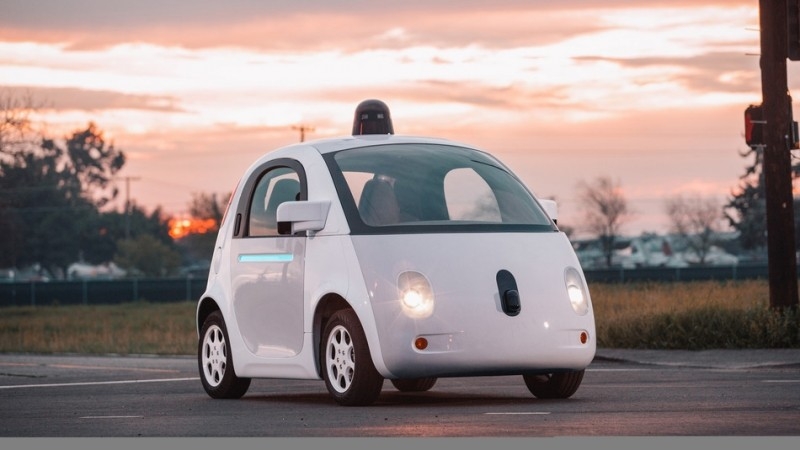Google has won a major victory in the quest to get its self-driving cars onto public roads after the US National Highway Traffic Safety Administration (NHTSA) said that the autonomous system piloting the vehicles can be considered the 'driver'.
The decision, which came via a letter from the NHTSA to Google on February 4, is a major breakthrough for Google and the many other companies that are developing self-driving cars, and one that brings autonomous vehicles another step closer to the public.
"If no human occupant of the vehicle can actually drive the vehicle, it is more reasonable to identify the driver as whatever (as opposed to whoever) is doing the driving," the NHTSA said. "In this instance, an item of motor vehicle equipment, the Self-Driving System, is actually driving the vehicle."
The NHTSA's letter was in response to a request submitted by Google in November to see how federal safety regulations would apply to self-driving cars; this included rules relating to seats, mirrors, and brake pedals. Google also wanted to know if its cars had to follow the rule that requires all vehicles to have an "occupant seat for the driver."
As the NHTSA classes the 'driver' as the self-driving system, "the 'driver' in this provision would not need an occupant seat."
Local and state regulators are racing to update their road safety rules to take into account the upcoming self-driving vehicle technology, but the companies making the cars aren't always happy with the decisions. In December, a proposed California DMV law said that all autonomous vehicles must have a steering wheel and a licensed driver must be present to take over if the vehicle's systems fail.
Google has expressed concerns that giving passengers the ability to take over an autonomous vehicle's controls and override the decisions of the AI could increase the risk of an accident.
Karl Brauer, senior analyst for the Kelley Blue Book automotive research firm, told Reuters that there were still plenty of legal hurdles that autonomous vehicle makers needed to overcome. He did add, however, that if the "NHTSA is prepared to name artificial intelligence as a viable alternative to human-controlled vehicles, it could substantially streamline the process of putting autonomous vehicles on the road."
After today's news and the NHTSA's announcement in January that it may waive some vehicle safety rules to allow more driverless cars to operate in the US, it looks as if self-driving vehicles may be on the roads sooner than expected.
